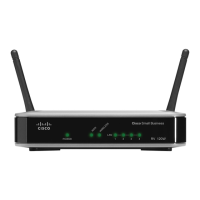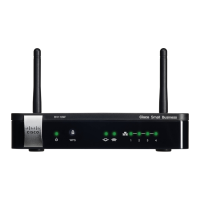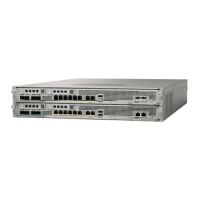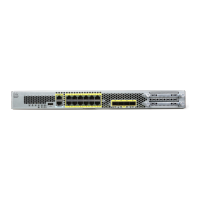5
Cisco RV120W Administration Guide 92
Configuring Virtual Private Networks (VPNs)
and Security
This chapter describes VPN configuration, beginning with the “Configuring
VPNs” section on page 92.
It also describes how to configure router security, beginning with the “Configuring
Security” section on page 107.
The following sections are covered:
• Configuring VPNs, page 92
• Configuring a Basic VPN, page 93
• Configuring Advanced VPN Parameters, page 94
• Configuring Security, page 107
Configuring VPNs
A VPN provides a secure communication channel (“tunnel”) between two gateway
routers or a remote PC client and a gateway router. The following types of tunnels
can be created:
• Gateway-to-gateway VPN—Connects two or more routers to secure traffic
between remote sites.
• Remote Client (client-to-gateway VPN tunnel)—A remote client, such as a
PC running VPN client software, initiates a VPN tunnel. The IP address of the
remote PC client is not known in advance. The gateway acts as responder.
• Remote client behind a NAT router—The client has a dynamic IP address
and is behind a NAT Router. The remote PC client at the NAT router initiates
a VPN tunnel. The IP address of the remote NAT router is not known in
advance. The gateway WAN port acts as a responder.

